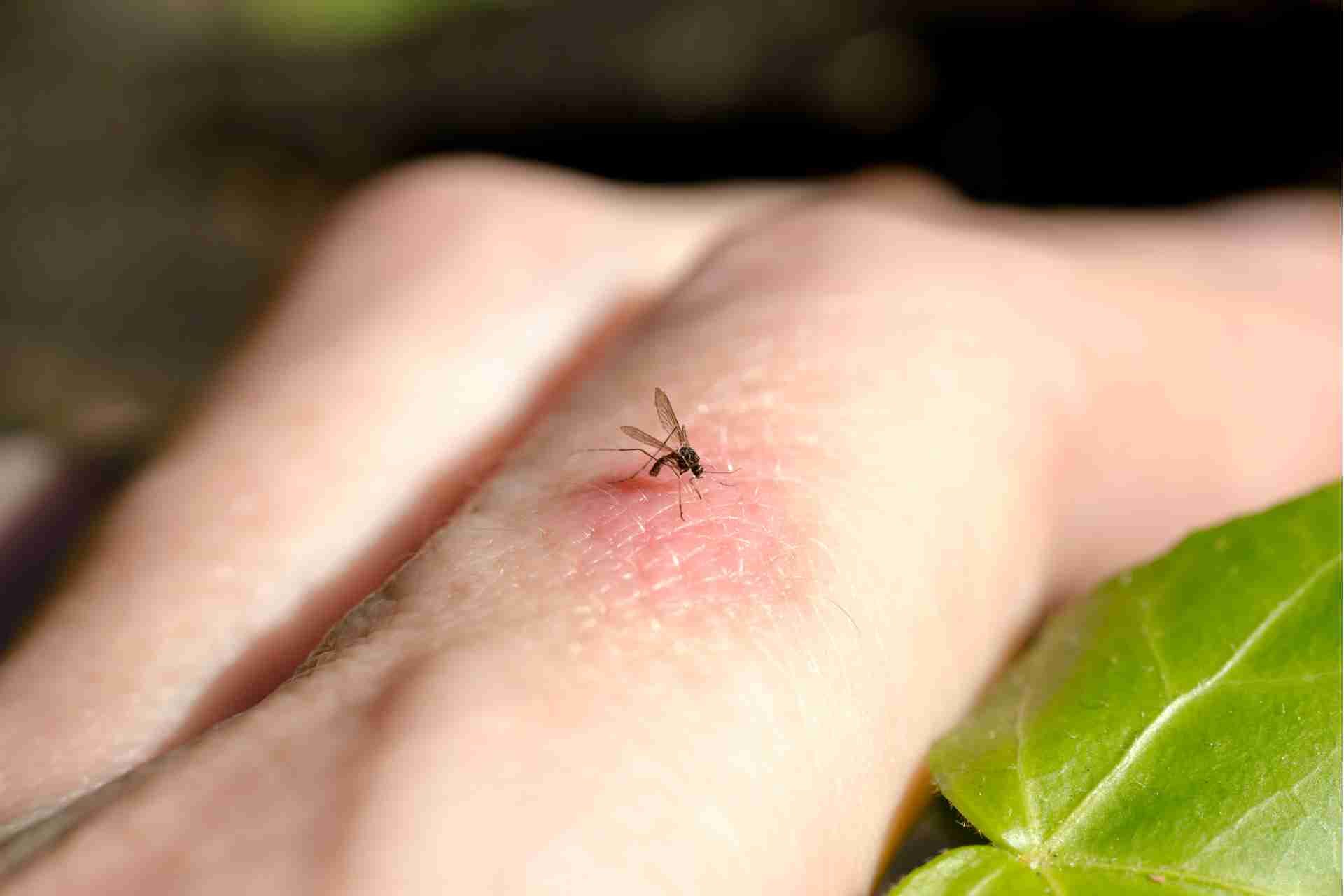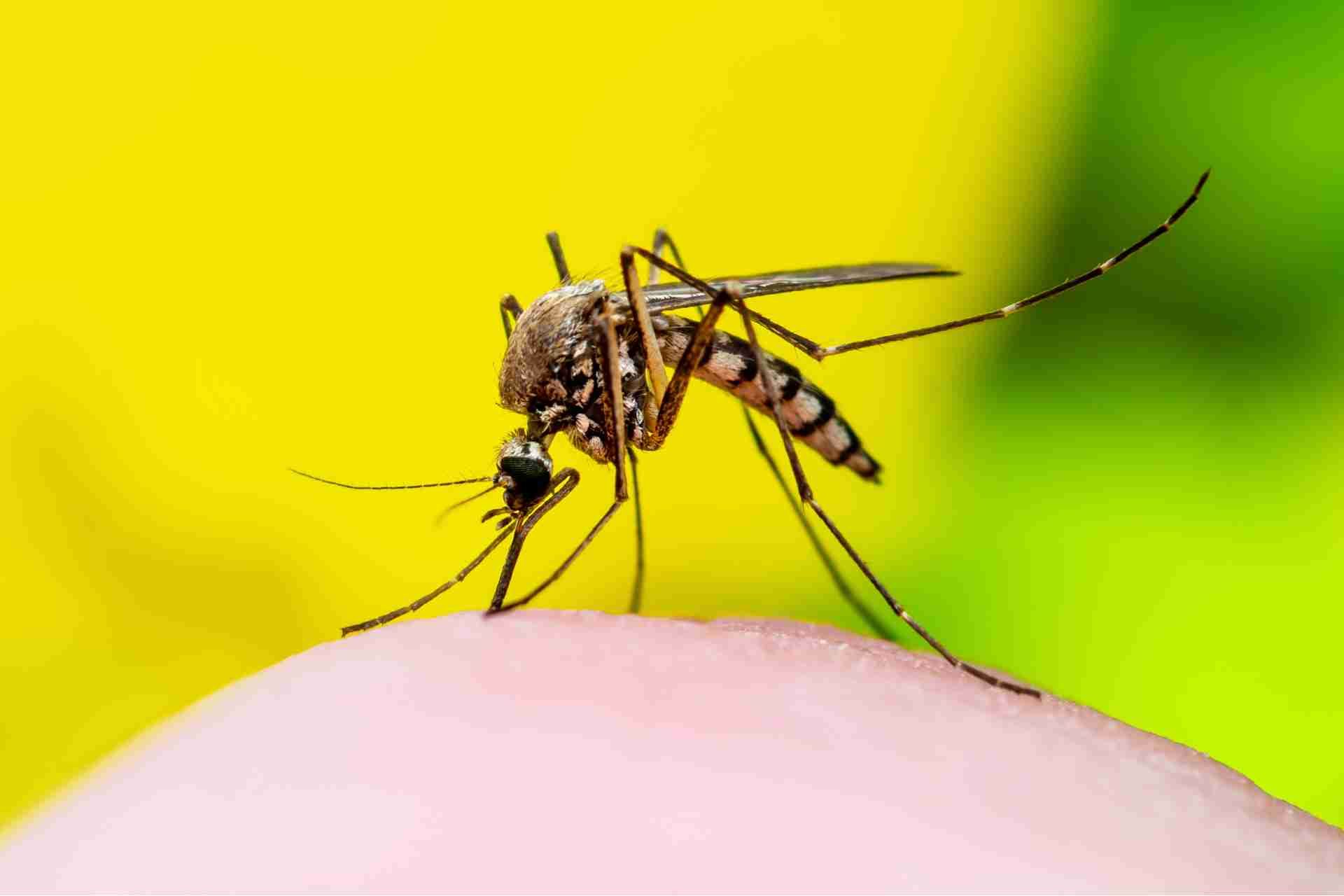Is Ultrasonic Pest Control a Scam?
You're probably wondering if ultrasonic pest control really works or if it's just another gimmick. While these devices claim to send out high-frequency sound waves to keep pests away, the evidence is mixed. Some users swear by them, while others see no difference at all. What factors might influence the effectiveness of these devices? Let's explore the science and opinions behind this controversial topic.
Understanding Ultrasonic Pest Control Technology
Ultrasonic pest control technology uses high-frequency sound waves to deter pests like rodents and insects. This method relies on sound waves that humans can’t hear but are irritating to pests, disrupting their communication and navigation.
You’ll find these devices easy to use; just plug them in, and they start emitting sound waves immediately. Many people prefer this option since it’s chemical-free and poses no harm to pets or kids.
However, effectiveness can vary based on factors like the type of pest and the environment. Some users report a reduction in pest activity, while others see little change.
It’s essential to manage your expectations and consider this technology as part of a broader pest control strategy rather than a standalone solution.
The Science Behind High-Frequency Sound Waves
While many people may not realize it, high-frequency sound waves play a crucial role in ultrasonic pest control.
These sound waves, typically above 20 kHz, are inaudible to humans but can be quite disruptive to pests like rodents and insects.
When you activate an ultrasonic device, it emits these waves, creating an uncomfortable environment for pests.
This discomfort can lead them to flee the area, as they’re sensitive to such frequencies.
The idea is that by utilizing these high-frequency sounds, you can deter pests without using toxic chemicals.
Understanding how these sound waves interact with pests helps you grasp the science behind ultrasonic pest control technology and its intended effects on common household invaders.
Evaluating Effectiveness: What Research Says
When it comes to assessing the effectiveness of ultrasonic pest control, research yields mixed results. Some studies show that these devices can deter certain pests, while others find no significant impact.
You might find that some rodents and insects exhibit temporary aversion to ultrasonic sounds, but this doesn’t guarantee long-term control. Research often highlights variables like frequency, pest species, and environmental factors, which can influence outcomes.
It’s essential to note that results can vary widely depending on the specific circumstances and settings. While some users report success, others remain skeptical about their efficacy.
Before investing in ultrasonic devices, consider looking into comprehensive studies and reviews to make an informed decision based on evidence rather than anecdotal claims.
Limitations and Potential Drawbacks
Although ultrasonic pest control devices promise a convenient solution, they come with several limitations and potential drawbacks that you should consider.
First, these devices may not be effective against all pests; some creatures, like certain rodents or insects, mightn't react to the sound.
Additionally, the effectiveness can diminish in larger spaces or areas with obstacles, as the sound waves can’t penetrate walls or furniture.
You should also keep in mind that some users report a need for constant use, as pests might return once the device is turned off.
Lastly, while they’re generally safe for humans and pets, some animals may be sensitive to ultrasonic frequencies, which could lead to stress or discomfort.
Alternative Pest Control Solutions
If you're looking to manage pests effectively, several alternative pest control solutions can provide reliable results.
Consider using natural repellents like peppermint oil or vinegar, which can deter insects without harmful chemicals.
Traps are another practical option; sticky traps work well for small pests, while bait traps can effectively target rodents.
You might also explore diatomaceous earth, a safe powder that disrupts insects’ exoskeletons.
Introducing beneficial insects, like ladybugs or nematodes, can help control pest populations naturally.
Additionally, maintaining cleanliness and sealing entry points can prevent infestations.
Each solution has its strengths and can be tailored to your specific pest problem, giving you a range of options beyond ultrasonic devices.
Making an Informed Decision: Pros and Cons
Deciding whether to use ultrasonic pest control requires weighing its pros and cons carefully.
On the plus side, these devices are easy to use, require minimal maintenance, and are generally safe for pets and humans. They promise a humane approach to pest management without chemicals.
However, there are downsides to consider. Many users report mixed results, claiming that ultrasonic devices don't work effectively against all pest types. Additionally, you might find that pests can become accustomed to the sounds over time, reducing their effectiveness.
It's also crucial to be aware that these devices mightn't cover larger areas.
Ultimately, you should assess your specific pest problem, budget, and preferences before making an informed decision.
Conclusion
In conclusion, while ultrasonic pest control might work for some, it’s not a one-size-fits-all solution. The mixed research results and varying effectiveness depending on pest species and environment mean you should approach these devices with caution. Consider your specific pest problem and explore alternative methods if needed. Ultimately, making an informed decision will help you find the best pest control solution for your situation, so weigh the pros and cons carefully before investing.










